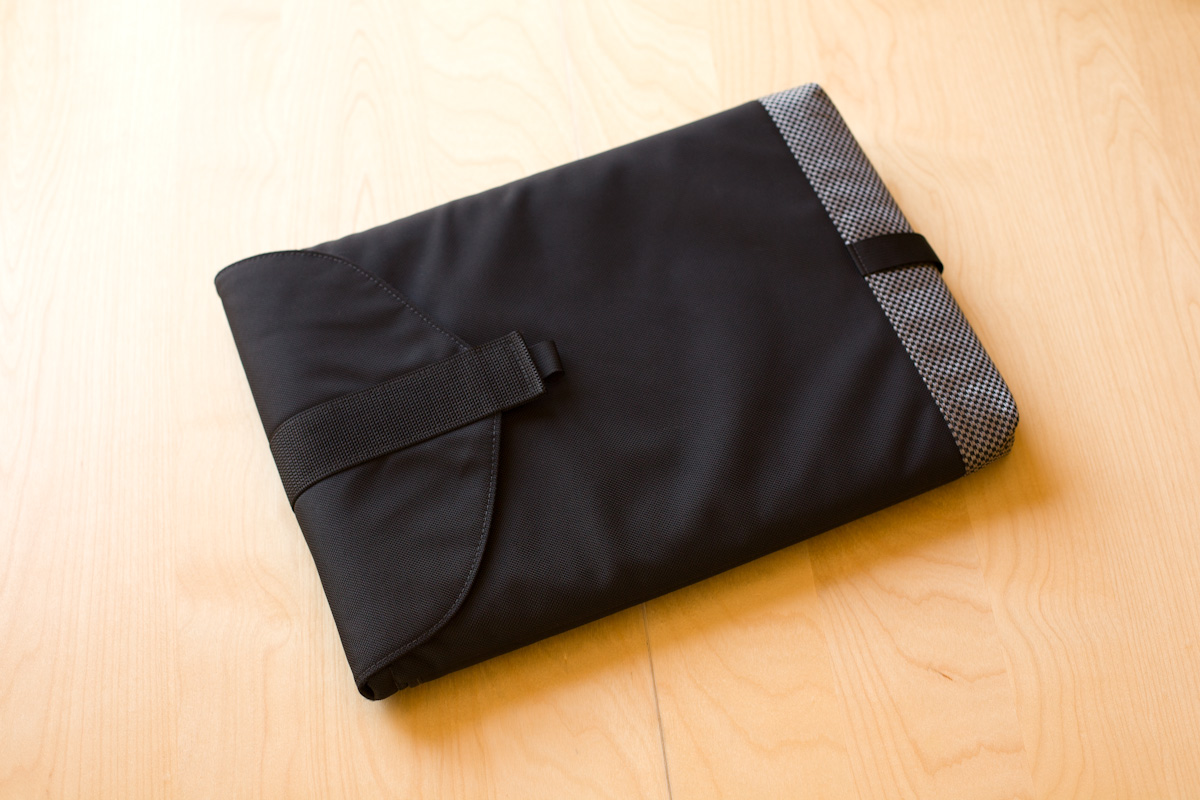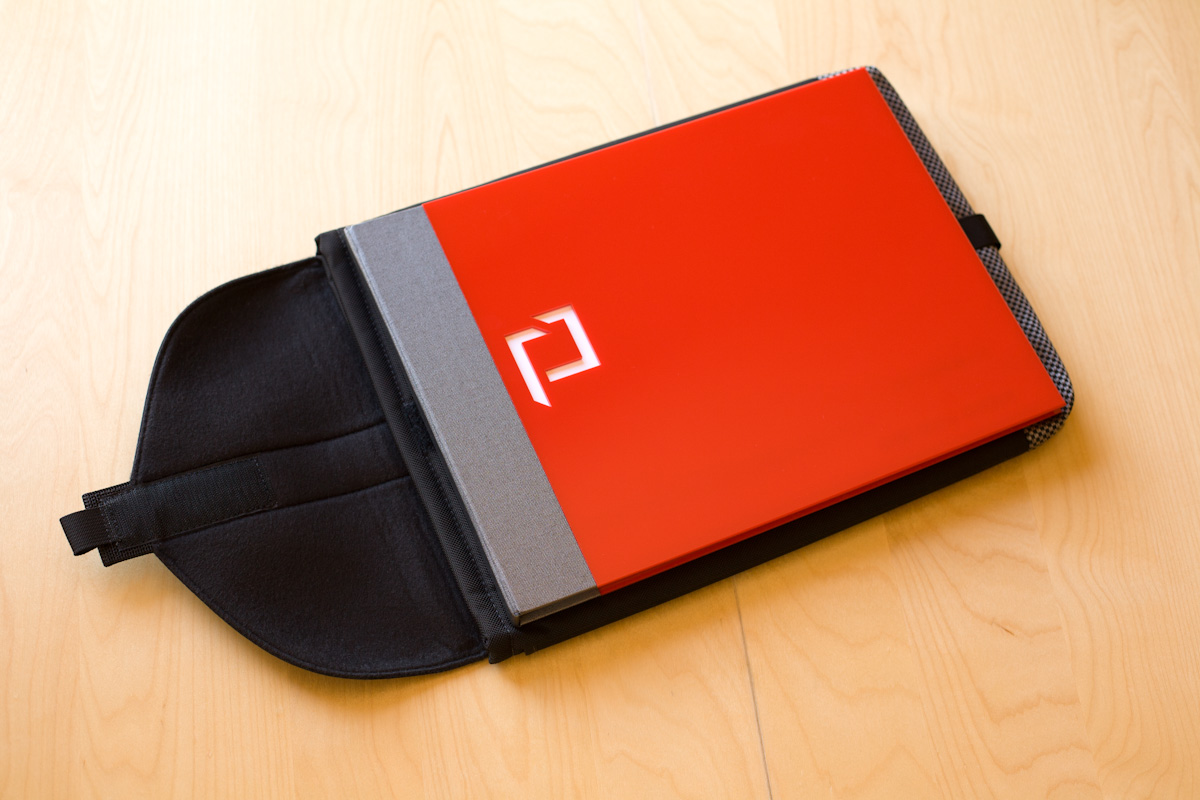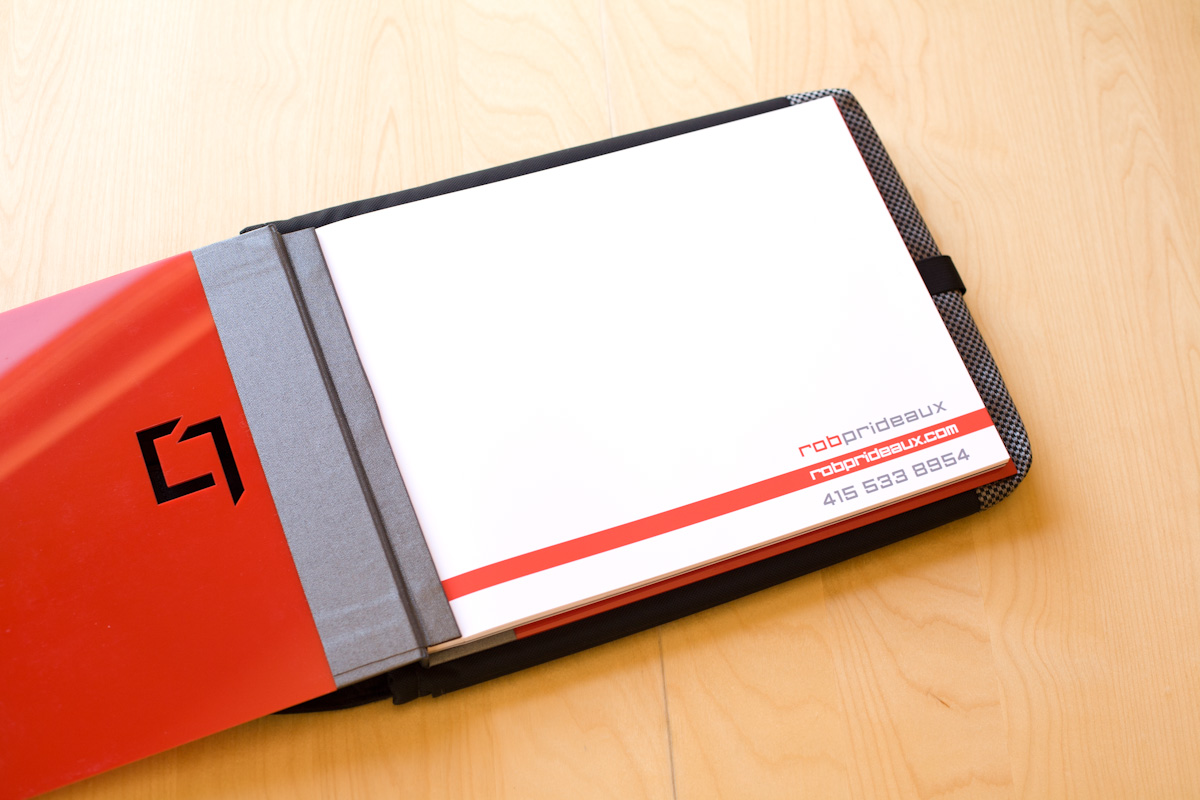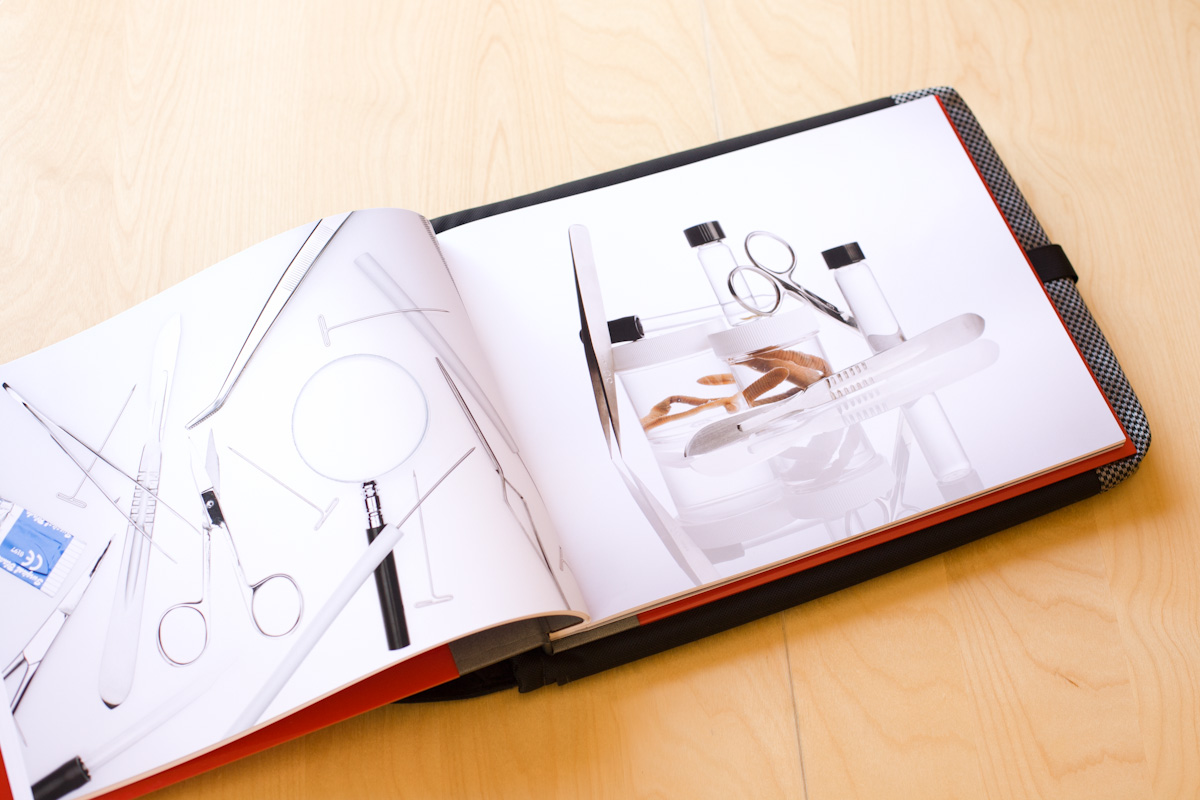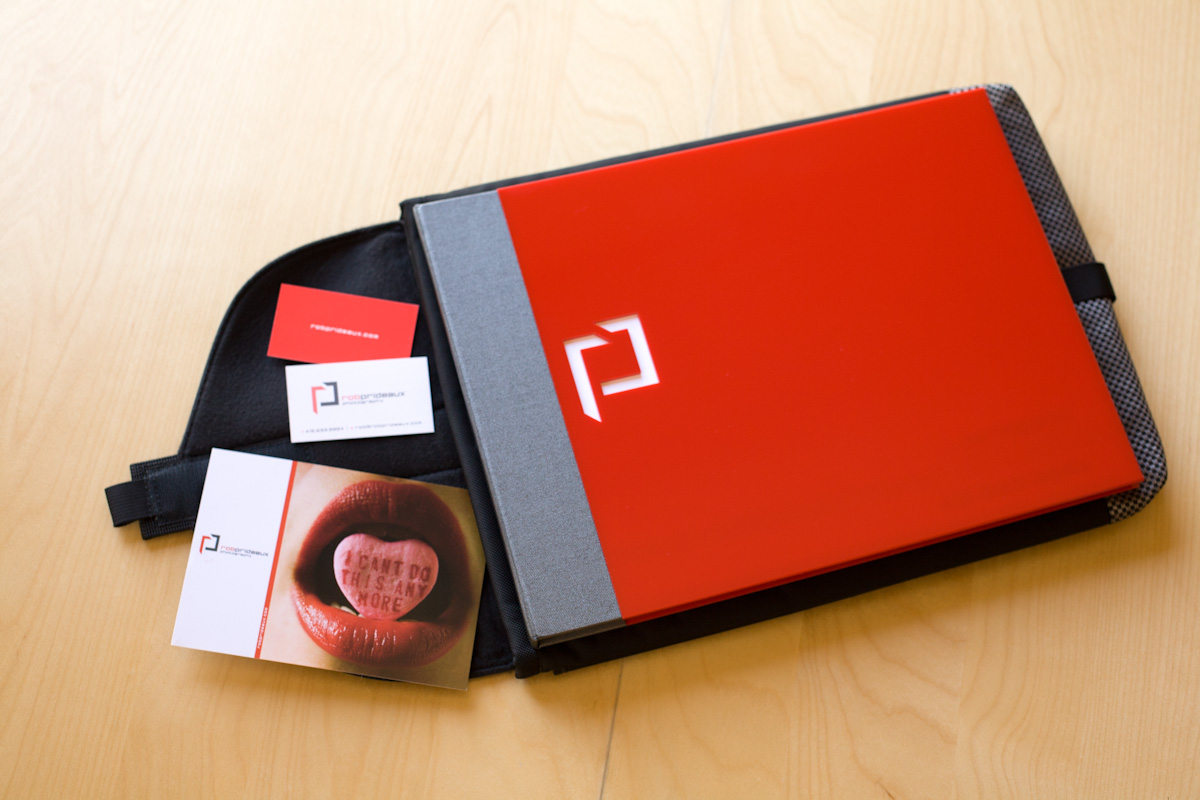My first photo printer was an Epson 2200, the workhorse in it's class at the time. I was pretty amazed when the first print came out of it, but I slowly grew to hate it. Doing work prints wasn't too bad, but printing a portfolio was an expensive, frustrating process, with many wasted pages and ink, not to mention time. Eventually, the thing had a one in five chance of doing an acceptable print, and I gave it away on Craigslist, and the 10 ink cartridges I included were payment for hauling the little monster away.
I had always hated the look of pigment inks on matte paper, so I had done that portfolio on luster. The luster paper was on a roll, and it never truly flattened out, plus the surface was forever slightly tacky, so handling the portfolio was off. After doing some research, I came to understand the basic difference between pigment-based inks and dye-based inks:
- Pigment inks last a real long time
- Dye inks have better saturation
Since I do work prints (pinned up on the wall for a month or so, then stored) and portfolio prints (stored in a book for a year or two, on display for 30 minutes at a time), I realized I don't really care if they last very long. Well, I don't need them to last a hundred years, anyway, and I'm way more interested in saturation. Further, the dye inks, especially the blacks, are far richer on matte paper than the pigment inks.
So I marched down to Staples and got an Epson 1400, which was on sale for less than $300.
It's been real good to me so far. It prints pretty fast, for my purposes at least, the prints look great using the Epson settings (which is good because the drivers are pretty lame), it never jams, and there are a bunch of improvements:
- Full bleed printing (although...)
- When an ink cartridge runs out, the current print pauses, and resumes when a new cartridge is installed. The 2200 would spit out the current print, wasting it.
- It's a little bit smaller
- The Claria inks produce rich, even blacks, which are far better than the 2200 ever did
It's not all peachy though. Recently, the 1400 started smudging the prints as they exit the printer. I took a look inside, and there a couple of foamy reservoirs, and a fabric pad, and all that stuff was pretty soaked with ink. I was doing a lot of full bleed printing, with a lot of black, and it turns out that when it does full bleed, the overspray goes on that fabric pad. I think I overwhelmed it. I took it to Deen's in Richmond and they fixed it up for $85.
Also, on the portfolio front, I've cut, punched and scored a book by hand, and can't ever get the pages to square up exactly right. So I've been taking the sets of prints to JR Press, but they recently suggested I just bring them stacks of blank pages, and I was all, duh.
Overall, I'm pretty amazed at what I'm able to produce in the office, from big art prints to small runs of deluxe promos, work prints to portfolios. Just add a paper cutter, a bone folder, an X-Acto, and some glue, and I'm set.





